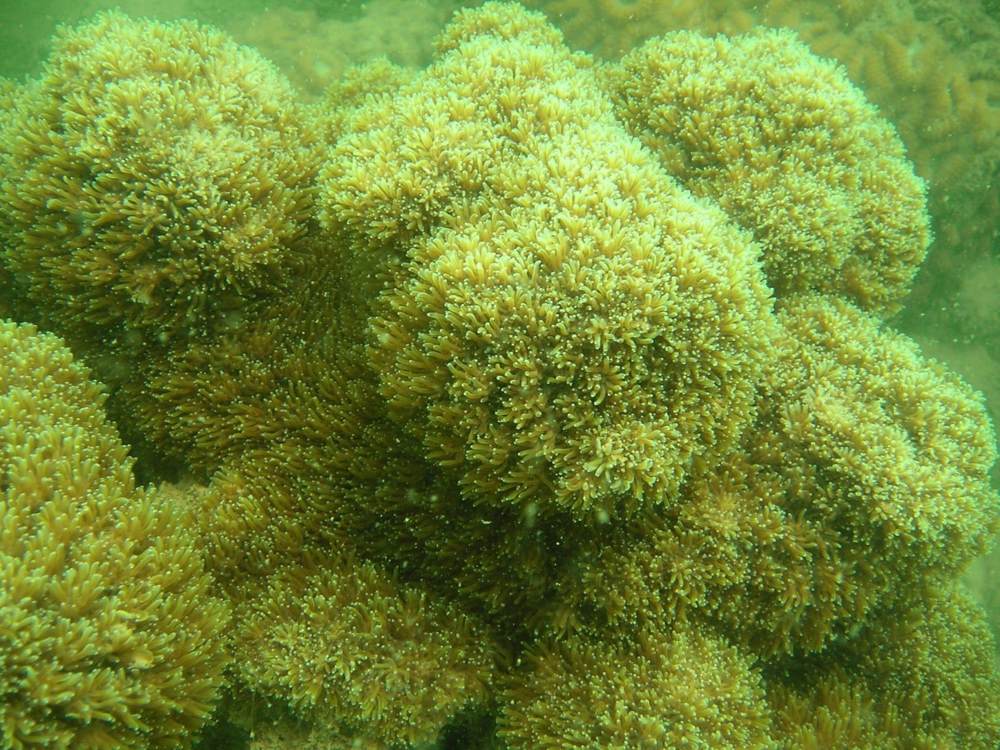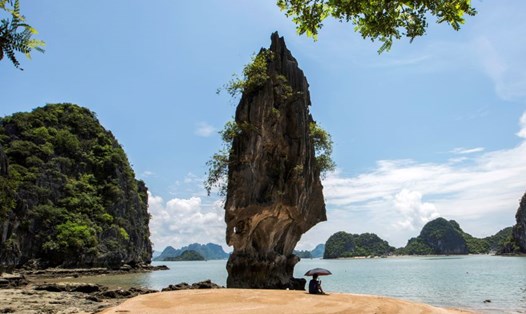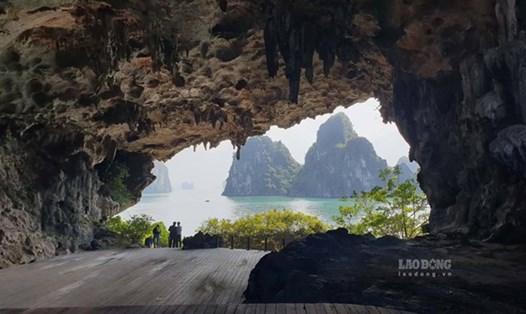Previously, in Decision No. 389/QD-TTg dated May 9, 2024 of the Prime Minister, approving the Planning for the protection and exploitation of aquatic resources for the period 2021-2030, with a vision to 2050, a part of the core area of the Ha Long Bay World Natural Heritage was planned as a National marine Reserve.
The establishment of Ha Long Bay marine Reserve is not only one of the solutions to contribute to preserving the integrity of the factors that make up the value of the Heritage, but also an effective solution to promote the outstanding values of the Heritage.
At the recent consultation workshop on this issue, managers, experts, and scientists discussed the legal basis, management model, and necessary factors for the establishment of Ha Long Bay Marine Reserve; proposed feasible, effective and suitable solutions for actual conditions to harmonize global management, conservation and promotion of outstanding values, nature conservation and biodiversity goals with a green marine economic development strategy.
According to the Department of Professional Affairs - Research, Ha Long Bay Management Board, the world of creatures in Ha Long Bay is very diverse and rich, fully concentrating the composition of creatures on land, underwater, low-lying, high-lying, all living in 10 different marine and forest ecosystems.

To date, nearly 3,000 species of plants and animals living in the area have been counted, including 507 species of plants on land, 278 species of alluvial plants, 141 species of alluvial animals, 110 species of coral, 156 species of sea fish, 71 species of birds, 53 species of animals...
The diversity of species on land and underwater has painted a picture of biodiversity in Ha Long Bay, making Ha Long Bay the area with the largest number of known species in Vietnam.
In addition, Ha Long Bay is also diverse in terms of genetic sources. Many species of life in Ha Long Bay have endemic, rare genetic sources, medicinal genetic sources or high economic value. Currently, scientists have identified 102 species that are endangered at different levels (64 animal species and 38 plant species).
Some groups of animals with small numbers but mostly have the unique genetic source of Ha Long Bay, typically: Ha Long cave fish, Ha Long cave crabs, Alpingid shrimp, long-legged caterpillars... and 17 endemic plant species have been announced.
In addition, some other genetic sources are natural medicinal plant stores, with a preliminary estimate of about 357 plant species and nearly 100 animals that can be used as medicine. Some genetic sources have high economic value, which are specialties for exporting food and cosmetics such as: Fishing boat, bulbs, snails, jumping snails, clams, carp, he shrimp, crab, sea worm, jam,,...









